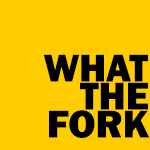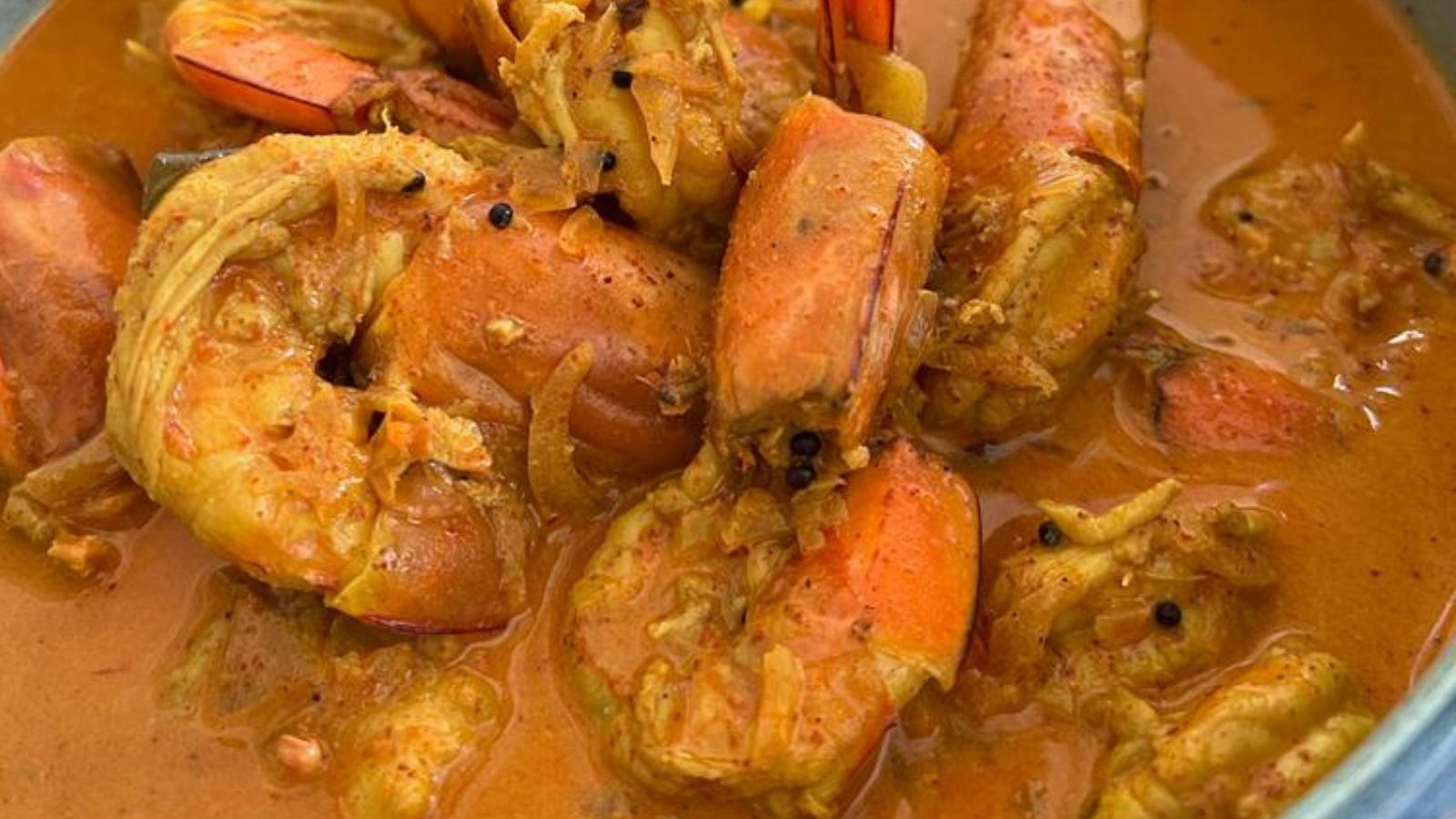What the Fork: From Thanjavur to Chettinad, Kunal Vijayakar Explores Culinary Culture of Tamil Nadu

One way of telling stories is to read them from a book, another way is to have someone tell you their account, but the best way, is to actually be part of the story. Stories where you are mentally, emotionally and physically living the tale. And food stories are those which you must absolutely, live, breathe and taste yourself. And there is no better way to do that than travelling through the country, on the road. Because food, by its very essence, is zoetic, for it is the love of food that moves and gives meaning to so much of life. Living, ever changing and evolving from village to village, district to district and kilometer to kilometer.
My dear friend Rakesh Raghunathan, who has made it his life’s mission to spread the word and taste the South Indian cuisine as well as shine a light on the custodians of these traditional knowledge systems has set out on the road to discover the food of his ancestors on a show that I watched called, Highway Dreams on Zee Zest.
As he drives through Tamil Nadu’s Chettinad region, full of heritage, art and culture, across the most scenic highway in the state, between Madurai and Sathyamangalam, and through the Western Ghats, I got teary-eyed with emotion and the memory of the spice of Chettinad food. I was in Karaikudi, nearly 20 years ago, and as I watched Rakesh wander the palatial villas and the streets famous for their architecture, scale, and vibrant colours, it brought back all the complex flavours of Chettinad food. Freshly ground spices, aromas of fenugreek, bay leaf, cumin, tamarind, fennel, and turmeric and the secret kalpasi (black stone flower) and dried flower pods cooked with meat and fresh vegetables. Chettinad Mutton Kulambu, Kozhukattai Urlai roast, and Paniyaram cooking in the palatial villas that stand still in time.
Rakesh hits the road again, driving through beaches like Kovalam near Chennai, visiting fishing villages where fishermen have not only taken to the huge waves to fish but also to surf. Several years ago, while staying at the Taj Fisherman’s Cove, I meandered along the seaside to one of these fishing villages along Kovalam Beach, watching the fresh daily catch being drawn in. Pomfret, Prawn, Red Snappers, Crabs, and Sting Ray. Also, local favourites like Parai and Vanjiram or King Fish. And if I remember right, some casual restaurants around there even allowed you to choose your own fish, and cooked it for you, marinated with a special masala and freshly fried. Interestingly, I discovered that the fishermen were mostly Christians, the fish vendors were Hindus, while the restaurants were owned by Muslims. Just love it.
Rakesh then drives from Rameswaram to Dhanushkodi, also known as the last land of India. A 19-kilometer stunning and scenic drive with deep blue sea on either side; on one side the Indian Ocean, on the other, the Bay of Bengal. Rameswaram, of course, is a revered religious spot, and traditional Tamil food there is a must-have. But to me, the best thing to eat at Rameswaram is Puliyodarai. Tamarind, Bengal Gram and rice with a tempering of curry leaves. It is cooked for the Gods and eaten only once offered as Prasadam. Then, of course, is Rasam and Rice. Fiery Rasam spiked with black pepper, cumin, tamarind, jaggery and garlic. The meal should end with Paruppu Payasam. Cooked with moong dal, jaggery, coconut milk, ghee and nuts. Rameswaram is also famous for its seafood and you will find many local hotels and restaurants, which serve fresh cuttlefish, crab and baby octopus all cooked in traditional gravies or simply fried or grilled.
To truly experience the cuisine of Tamil Nadu, Rakesh recommends cuisines from Thanjavur and the food from the interior areas of Dindigul and the Nilgiris as well. The food of Thanjavur is a mix of traditional Brahmin and Mukkulathor, the unmistakable influence of the Marathas. And Dindigul is quite famous for its biryani. But as I said earlier, some stories cannot just be read, they have to be lived, and you can either live these stories through Rakesh’s eyes, or you just need to get the hell up and go there yourself.
Kunal Vijayakar is a food writer based in Mumbai. He tweets @kunalvijayakar and can be followed on Instagram @kunalvijayakar. His YouTube channel is called Khaane Mein Kya Hai. The views expressed in this article are those of the author and do not represent the stand of this publication.
Read all the Latest Lifestyle News here
For all the latest lifestyle News Click Here

